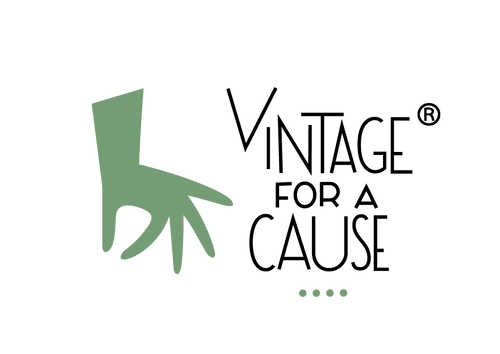Two numbers: 5.8 million + 40
Two dates: 1994 + 2002
Two words: Down- + Up-cycling
5.8 million tonnes is the amount of textiles that consumers in the European Union send to landfill each year. And 40 years is roughly the time that nylon takes to decompose.
In 1994, the German engineer Reiner Pilz spoke for the first time in Upcycling. But only since 2002 it’s given as an example that can help us save the world; thanks to the architect William McDonough and the chemist Michael Braungart through their book Cradle to Cradle: Remaking the Way We Make Things (PT version) that shows how design and science are integrated in an attempt to eliminate the concept of waste.
Upcycling and Downcycling are distinct concepts. For Reiner Pilz, Recycling is Downcycling since it breaks and smashes everything. The products undergo chemical and mechanical interventions that break them down to the smallest part, losing qualities, hence the name Downcycling. Pilz argues that what is needed is Upcycling, where greater value is retained.
With Fashion Upcycling, unwanted materials are transformed into desirable fashion. It’s a new kind of environmental awareness in fashion design that reuses excess and/or obsolete textile stock and reintroduces it into the fashion market. It’s a significant part of the reinvention of the fashion industry and can generate beautiful pieces. Obsolescence or excess inventory can take on another life instead of being discarded, thus creating a virtuous cycle: new collections are created entirely from surplus or discarded textiles.
Upcycling has its roots in the mentality of previous generations of darning, mending and improvising with what exists. And it has the potential for a positive environmental and social impact. It can divert around 85% of textile waste from landfills. As Kate Krebs, the American director of the Closed Loop Beverage Fund, says, “Waste is a design flaw”.
With this business model, a significant waste is tackled - 4% of the total waste produced in Portugal (data from 2017) -, and jobs are guaranteed for artisans and designers. According to Gabriela Hearst, Uruguayan luxury designer, sustainability is learning how to work with certain limitations and parameters, which is great for creativity. We do not live in an endless cornucopia of natural resources, we have to stop and think about waste as it has increased in an uncontrolled way as stated by British designer Stella McCartney. Upcycling is a process that requires a creative ability to see potential in existing materials and transform them into new and beautiful things that customers want, bearing in mind that sustainability considerations are seen as a prerequisite and not as a driver of purchasing decisions.
By embracing obsolete and excess textile as a design flaw, Vintage for a Cause helps customers to optimize their choices and to improve sustainability. It is the ability to create circularity of materials that eliminates waste and creates a sustainable world. So, let's prepare today for a future in which Upcycling is a reality!

Back to Upcoming Events